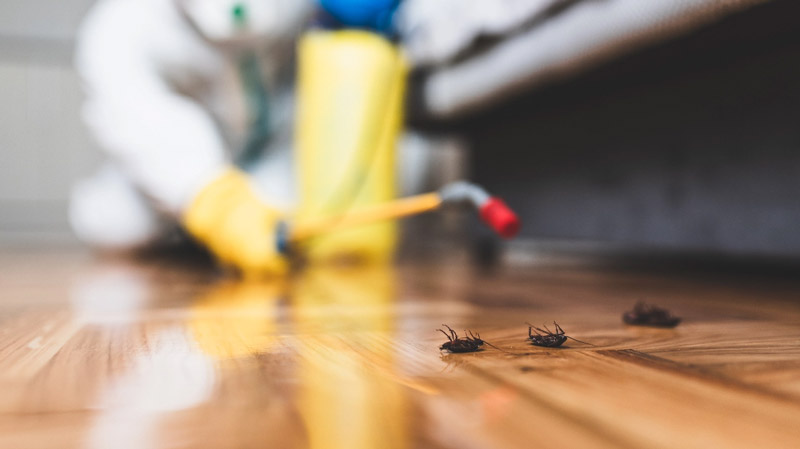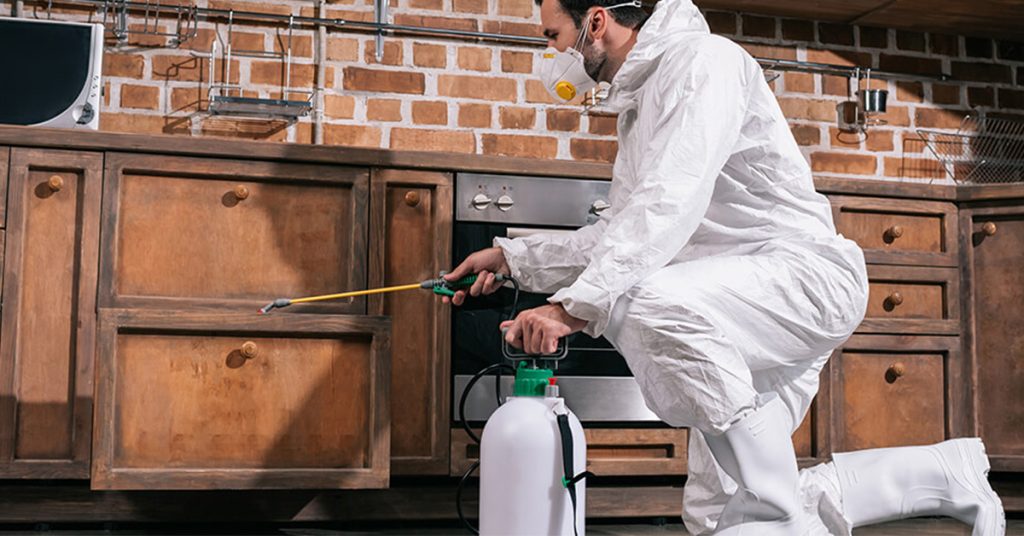Rapid Response Times for Pest Issues with Pest Control Lockhart
Rapid Response Times for Pest Issues with Pest Control Lockhart
Blog Article
Checking Out Infestation and Treatment Methods in the World of Pest Control
The landscape of parasite control encompasses a myriad of obstacles, specifically as invasions of usual household insects remain to advance. Understanding the behaviors and reproductive patterns of these annoyances is essential for creating efficient treatment methods. By incorporating safety nets with advanced monitoring strategies, such as Integrated Pest Management (IPM), homeowners can better safeguard their atmospheres. The performance of these methods might vary substantially based on certain situations. What hidden variables add to the success or failure of these approaches in different setups?

Common Family Pests
When it comes to managing our living rooms, understanding usual home parasites is vital. These parasites not just disrupt our comfort yet can likewise posture health and wellness dangers and damage residential or commercial property. The most widespread family parasites include ants, roaches, rats, termites, and bed bugs.
Ants, typically seen foraging in cooking areas, can contaminate food and establish huge colonies. Rodents, including computer mice and rats, can trigger structural damage and carry illness like hantavirus and salmonella.
Recognizing the signs of these bugs, such as droppings, nests, or attack marks, is necessary for very early treatment (Pest Control Lockhart). Correct hygiene methods, securing access factors, and preserving a clutter-free atmosphere are efficient preventative procedures. By identifying these typical home pests and comprehending their habits, house owners can take positive actions to alleviate infestations, guaranteeing a healthier living atmosphere
Comprehending Pest Infestations
Pest infestations can escalate promptly, turning a minor annoyance into a substantial problem if not attended to promptly. Comprehending the nature of these problems is crucial for reliable management. Insects can attack household and commercial areas for different factors, consisting of the search for food, sanctuary, or breeding grounds. Typical variables adding to infestations include bad cleanliness, architectural vulnerabilities, and seasonal modifications that drive bugs inside.
Determining the type of insect is vital, as different types display different habits and reproductive rates. Rodents might establish nests in covert locations while insects like cockroaches grow in damp environments. Early discovery often hinges on recognizing indicators such as droppings, chomp marks, or unusual sounds, which can indicate an issue before it becomes extreme.
Warm, moist climates can facilitate the rapid growth of pest populaces, while changes in landscaping or building can unintentionally create conducive settings. An informed approach to understanding these dynamics lays the foundation for reliable parasite management approaches in the future.
Therapy Approaches and Techniques
Efficient treatment methods and strategies are important for reducing pest invasions and recovering a risk-free atmosphere. A multifaceted method is commonly best, incorporating chemical, organic, and mechanical strategies tailored to the particular parasite and the intensity of the problem.
Chemical treatments include making use of pesticides and herbicides, which can properly eliminate bugs. However, proper application and adherence to security guidelines are important to lessen threats to humans and non-target next page organisms. Integrated Insect Administration (IPM) urges the judicious use chemicals as a last hotel, relying rather on monitoring and threshold levels to figure out treatment demands.
Biological control methods include introducing natural predators or parasites to reduce bug populations. This method web link is significantly popular, especially in farming settings, as it advertises environmental sustainability.
Mechanical techniques, such as catches and barriers, supply prompt alleviation from insects without presenting chemicals. Options consist of sticky traps for bugs or physical obstacles for rats.
Eventually, the choice of therapy approach ought to think about the particular bug, the environment, and potential effect on human wellness and ecological communities. A well balanced combination of these strategies can efficiently take care of invasions while advertising long-term bug control options.
Safety Nets for Residence
Proactively resolving bug issues before they escalate is crucial for maintaining a healthy home setting (Pest Control Lockhart). Applying efficient preventive measures can considerably minimize the probability of infestations, inevitably securing both your residential or commercial property and wellness

Correct landscape design also plays an essential role in avoidance. Keeping bushes and trees cut away from your house reduces the opportunities of bugs discovering their way inside your home. Ensure that water drainage systems are working efficiently to protect against standing water, which can draw in mosquitoes and other insects.
Lastly, regular evaluations are a good idea. On a regular basis checking for indicators of insect task enables very early treatment. By adopting these preventative actions, house owners can create a setting that is much less hospitable to bugs, therefore improving their general quality of life and minimizing the need for comprehensive insect control interventions.
Industrial Pest Control Techniques
A thorough technique to business parasite control is necessary for companies intending to preserve a risk-free and hygienic atmosphere. Effective techniques include a combination of regular examinations, worker training, and the application of Integrated Parasite Monitoring (IPM) methods.
Normal assessments enable very early discovery of bug activity, enabling timely treatment. Businesses should establish a regular timetable for these evaluations, concentrating on risky areas such as cooking areas, storage rooms, and garbage disposal websites. Employee training is just as crucial; personnel needs to be educated on the indications of parasite invasions and the relevance of reporting them promptly.
Executing IPM techniques helps reduce pest concerns sustainably. This includes habitat modification, such as securing access points and lowering mess, in addition to using all-natural deterrents before considering chemical therapies.

Additionally, collaborating with a qualified insect control service provider makes sure access to professional knowledge and sophisticated therapy alternatives. This collaboration can lead to customized bug control intends see post customized to the details requirements of the organization, minimizing risks and improving total efficiency. Ultimately, a proactive and enlightened approach cultivates a pest-free setting, safeguarding both public health and wellness and service reputation.
Final Thought
In conclusion, efficient parasite control requires an extensive understanding of usual home bugs and their behaviors, coupled with targeted therapy approaches. Executing preventative measures together with therapy techniques such as Integrated Bug Monitoring and biological control improves the capability to minimize infestations.
Report this page